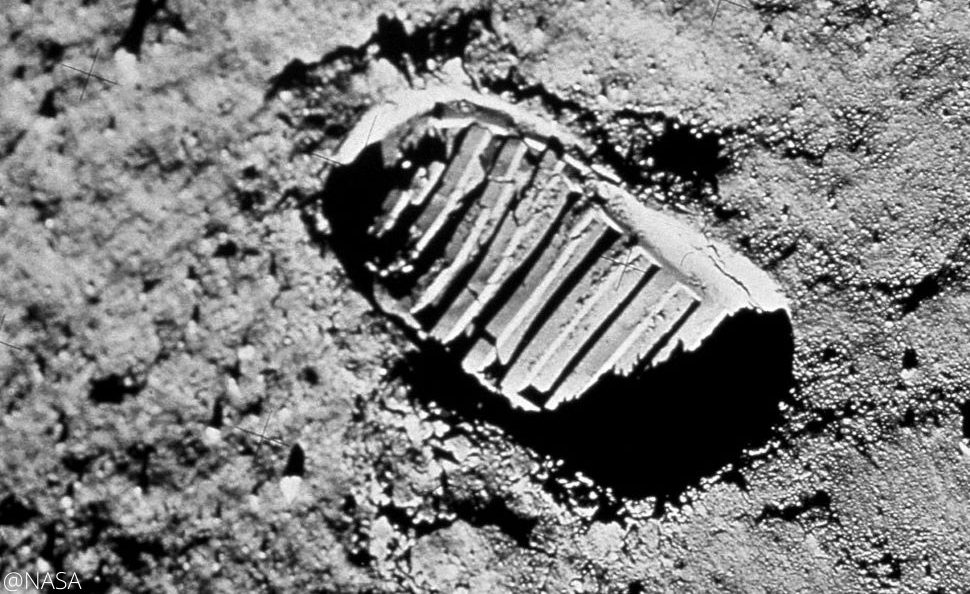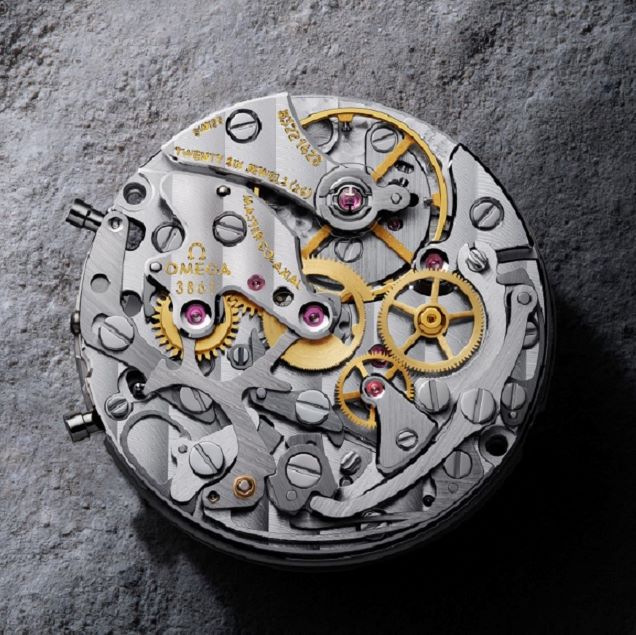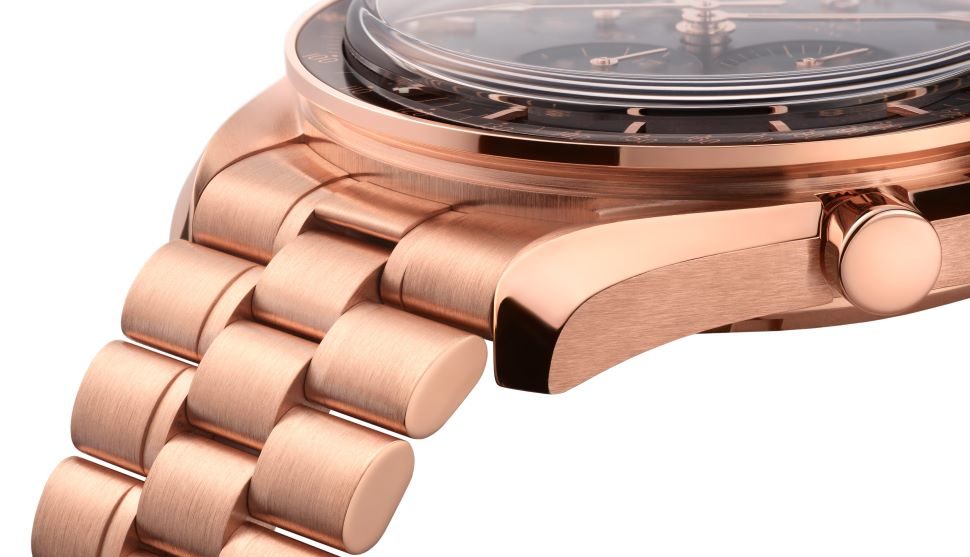Mankind’s efforts to explore space started in 1957 when the Soviet Union launched the first artificial satellite, the Sputnik, which orbited Earth every 96 minutes. In 1961, it was again the Soviets who succeeded in being the first to put a man in space, astronaut Yuri Gagarin.
During the ‘60s, and under President Kennedy’s leadership, NASA’s efforts focused on landing a man on the moon, a goal achieved on 20th July 1969 with the Apollo 11, which carried astronauts Michael Collins, Buzz Aldrin and Neil Armstrong, the first man to set foot on our dear satellite.

The Omega Speedmaster Professional Chronograph was chosen by NASA for the U.S. space program in 1965; the model had been worn from the Gemini program into the early space shuttle years. The Speedmaster Chronograph was also the watch issued to the three astronauts in the Apollo 11 mission. Ever since, both watch lovers and space enthusiasts have coveted this timepiece, soon elevating it to iconic status. The Speedmaster Moonwatch has been worn by all six crews sent to the moon. Apollo 13 should have been the seventh lunar landing by NASA and the Omega Speedmaster but an on-board explosion crippled the mission to an abrupt end. The Speedmasters were used to time a series of engine burns that repositioned the spacecraft and enabled its safe return to Earth.

In the decades since its official appointment by NASA, Omega produced numerous generations of the Speedmaster, all of them maintaining the historic integrity of the original from 1957, including its pioneering tachymeter on the bezel. The first movement, the Calibre 321, became synonymous with reliability, accuracy and technical beauty.
In 2019, and after four years of development, the co-axial Calibre 3861 was released and in 2020 it achieved the Master Chronograph certification. The co-axial escapement was first invented by George Daniels, himself a keen student of space and time. The Calibre 3861 drives the small seconds sub-dial, 30- minute recorder and 12-hour recorder, along with the central chronograph function of the new Speedmaster Moonwatch Master Chronometer Collection, bringing the standards of precision and anti-magnetism of this universally beloved watch to new levels. In accordance with the Calibre 3861’s frequency, the minute track is now split by three divisions, as opposed to the five on previous models.
The co-axial Calibre 3861 is the driving force behind the new Omega Moonwatch.

The general inspiration comes from the fourth generation Moonwatch, commonly referenced as the ST 105.012, and worn by the Apollo 11 astronauts. The space-era tributes include the classic asymmetrical case, the step dial, the double bevel caseback, the famous dot over 90 (DON) and a dot diagonal to 70 on the anodised aluminum bezel ring.
Around the wrist, we have now an integrated, fully-brushed bracelet with five–arched-links-per-row design. Similar to Moonwatch styles of the past, it includes a new clasp with a polished Omega logo on a satin-finished cover.

With this new collection, Moonwatch fans can choose from eight different versions, including stainless steel, 18K SednaTM gold, or 18K Canopus goldTM. As you may expect, all come with Omega’s full five-year warranty. Prices start at £5,100.














Show Comments +